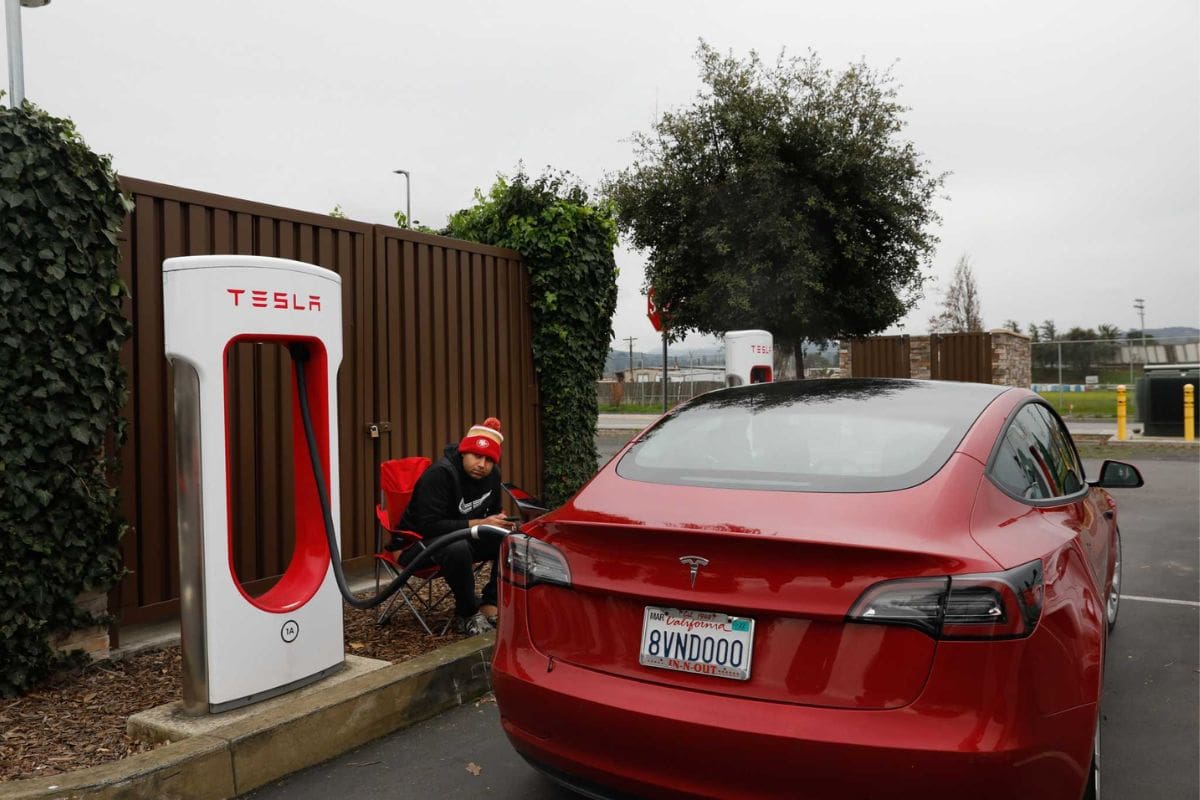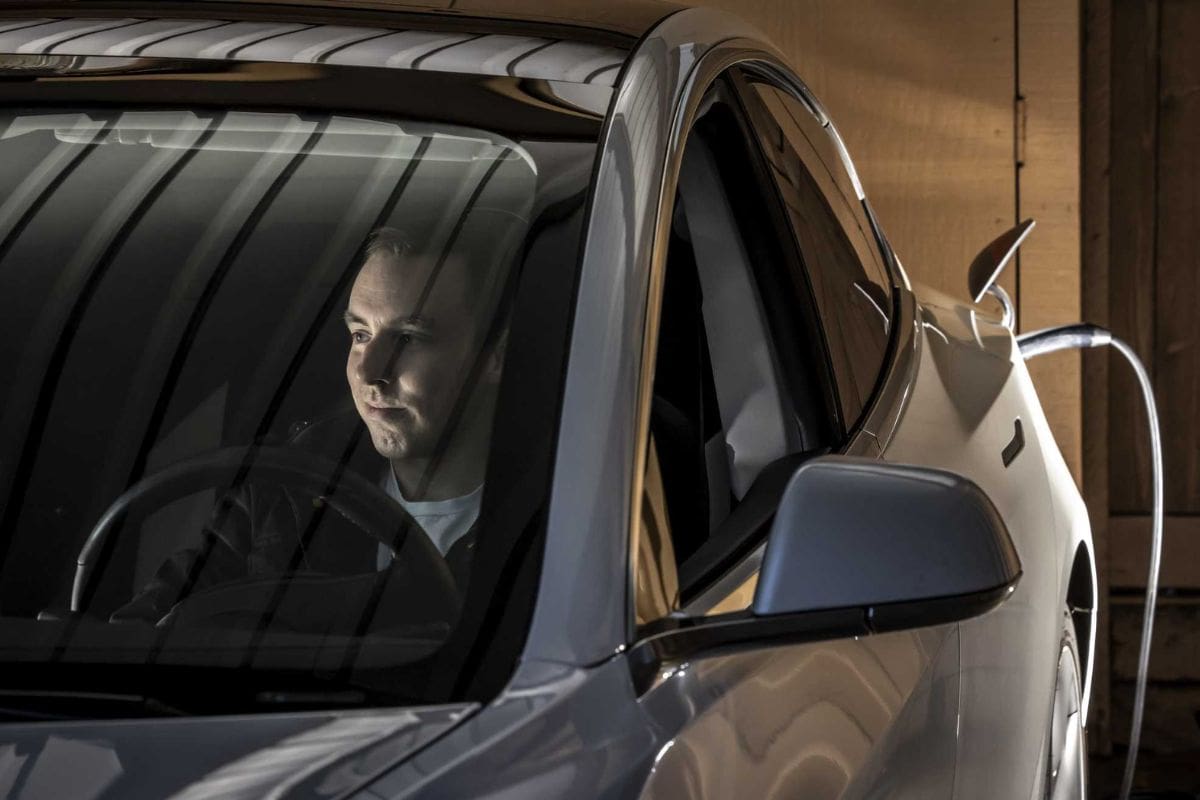Shocking Impact: The recent surge in PG&E rates has sent shockwaves through California’s EV community, significantly impacting owners who rely on electric vehicles for their daily transportation needs. As charging expenses soar, the once lucrative savings of owning an EV are diminishing rapidly, raising concerns among both current and prospective EV owners.
Experts have issued warnings about the long-term financial implications of these rate hikes, prompting a closer look at how PG&E is addressing the situation. The implications of these soaring rates on California’s EV landscape are profound, shedding light on the complexities of balancing sustainability with affordability in the electric vehicle realm.
PGE Rate Hike Impact on EV Owners
With the recent 20% rate increase announced by Pacific Gas and Electric Co (PGE) in California, concerns have been raised among electric vehicle (EV) owners regarding the impact on their charging costs. The rate hike has significantly affected individuals like Tesla driver Austin Ball, who saw his PGE bill double this year. This immediate surge in charging expenses has sparked worries among EV owners about the sustainability of their driving habits and the feasibility of maintaining electric vehicles in light of escalating costs.
The sudden increase in rates imposed by PGE has shed light on the challenges faced by EV owners in California. Many had embraced electric vehicles not only for their environmental benefits but also for the perceived cost savings compared to traditional gasoline-powered cars. However, the recent spike in charging costs has disrupted this financial calculus, prompting EV owners to reevaluate the economic viability of their vehicles.
Moreover, as state regulators consider additional rate hikes, EV owners are left uncertain about the future affordability of maintaining their electric vehicles. The tension between California’s ambitious EV adoption goals and the practical financial implications for individual owners is becoming increasingly apparent. As the state navigates towards a greener transportation future, balancing the economic accessibility of EV ownership with the need for sustainable energy practices emerges as a critical challenge that must be addressed.
Charging Expenses Surge for EV Owners
The recent surge in charging expenses for EV owners in California has prompted a reassessment of the economic viability of electric vehicles amidst rising utility costs. Davinder Banger from Petaluma highlighted a substantial increase in his charging expenses, now paying around $20 per charge at a Supercharger, compared to the previous $10-$14 range. This significant rise in charging costs has sparked concerns among EV owners about the long-term affordability of owning and operating an electric vehicle.
Despite the surge in charging expenses, some EV owners still perceive electric vehicles as economically advantageous when compared to traditional gas-powered cars. The real-life implications of these rising charging costs are forcing EV owners to rethink their strategies for managing their vehicle’s charging needs efficiently.
As charging expenses continue to climb, EV owners are increasingly exploring alternative charging options, such as home charging stations or seeking out more affordable charging networks. This shift in behavior underscores the adaptability of EV owners in response to changing economic conditions. Moreover, it emphasizes the importance of developing a robust charging infrastructure that is both cost-effective and convenient for EV owners.
In navigating these changes, EV owners are evaluating the overall cost-benefit analysis of owning an electric vehicle, considering not just the environmental benefits but also the financial implications of rising charging expenses.

Diminishing Savings and Financial Incentives
Amidst the evolving landscape of electric vehicle economics, the diminishing savings and financial incentives associated with EV ownership are becoming a critical consideration for prospective buyers. While the initial allure of reduced fuel costs compared to traditional vehicles was a significant selling point for EVs, the gap in savings is narrowing. An analysis by Jack Conness, an electrification policy analyst, highlights this trend. Conness estimates that while it costs around $73 to fill a Toyota Camry’s tank for 506 miles, charging a Tesla Model 3 for the same distance amounts to approximately $32. Although this still represents savings, the gap has decreased significantly from previous years, potentially impacting the financial incentive for EV adoption.
To provide a clearer picture of the diminishing savings, the table below outlines the comparative costs between traditional vehicles and EVs over 506 miles:
| Vehicle | Fuel Cost |
|---|---|
| Toyota Camry | $73 |
| Tesla Model 3 | $32 |
This reduction in savings underscores the shifting economic landscape of EV ownership. Prospective buyers must now weigh not only the environmental benefits but also the financial implications of owning an electric vehicle. As incentives change and cost dynamics evolve, staying informed is crucial for those considering making the switch to an EV.
Concerns and Warnings from Experts
The escalating electricity prices pose a significant concern for experts, including economist Severin Borenstein from UC Berkeley, who warns of the potential impact on discouraging people from adopting electric vehicles in light of PG&E’s rate hikes. This warning sheds light on the broader implications of the utility rate increases and their potential to hinder California’s goals of transitioning to cleaner transportation options.
- Economic Impact: Borenstein highlights the financial burden that rising electricity prices place on consumers, particularly those considering electric vehicles as a sustainable alternative. The increased costs may sway individuals away from EV adoption, impacting the state’s efforts to reduce greenhouse gas emissions.
- Environmental Consequences: Mark Toney from the Utility Reform Network underscores the environmental ramifications of discouraging EV adoption. Higher utility bills could deter consumers from choosing environmentally friendly transportation options, slowing down progress towards a greener future.
- Policy Considerations: Experts are calling for policy interventions to mitigate the impact of soaring electricity rates on EV owners. It is crucial for policymakers to address these concerns and find solutions that support the transition to electric vehicles while ensuring affordability and accessibility for all consumers.
PGE’s Response and Efforts for Awareness
PGE is actively implementing strategies to enhance awareness and promote enrollment in special EV rate plans, underscoring the cost advantages of charging electric vehicles over traditional gasoline consumption. Despite the clear financial benefits, only a quarter of EV drivers have opted for these specialized plans. To address this gap, PGE has launched targeted outreach campaigns to educate consumers about the savings potential of EV charging.
In their efforts to increase enrollment, PGE has been hosting informational webinars, distributing informative brochures, and collaborating with local EV dealerships to reach a wider audience. Additionally, the utility company has revamped its online resources to provide transparent information on rate structures, billing cycles, and potential savings, making it easier for customers to make informed decisions regarding their charging habits.
To summarize PGE’s response and awareness efforts:
| Effort | Description |
|---|---|
| Targeted Outreach Campaigns | Educational webinars, brochures, and partnerships with EV dealerships |
| Enhanced Online Resources | Transparent information on rates, billing, and savings for customer clarity |
Through these initiatives, PGE aims to ensure that EV owners are equipped with the knowledge needed to make cost-effective choices when it comes to charging their vehicles, mitigating the impact of the recent rate hikes on California’s EV community.


ALSO READ: Cruel Life Sentences: The Shocking Reality for Young Offenders
News in Brief
PG&E Rate Surge Sends Shockwaves Through California’s EV Community: The recent 20% hike in Pacific Gas and Electric Co (PG&E) rates is hitting electric vehicle (EV) owners hard. Charging costs soar, impacting savings and raising concerns among current and prospective EV owners. Experts warn of long-term financial consequences, emphasizing the delicate balance between sustainability and affordability. PG&E’s response includes targeted outreach to raise awareness about specialized EV rate plans, but only a quarter of EV drivers have enrolled. As California grapples with rising utility costs, the economic appeal of EVs is scrutinized, prompting a closer examination of the state’s EV adoption strategy.

